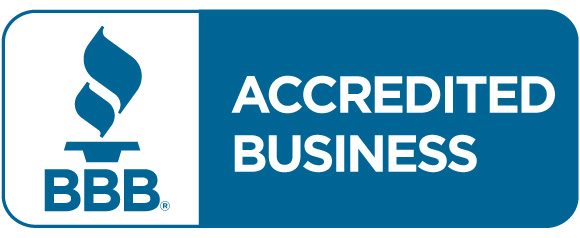How to Prepare for San Francisco Industrial Roofing Replacement
Bay Area Roofing for Industrial Buildings
Replacing an industrial roof is a significant undertaking that requires careful planning and preparation. Ensuring that your roof replacement project runs smoothly can save time, money, and prevent disruptions to your operations. Here’s a step-by-step guide on how to prepare for San Francisco industrial roofing replacement.
1. Conduct a Thorough Inspection
The first step in preparing for San Francisco commercial roofing replacement is to conduct a comprehensive inspection of your current roof. This should be done by a professional roofing contractor who can accurately assess the condition of the roof, identify any issues, and determine the scope of work required. An inspection will help in identifying leaks, structural damage, and other problems that need to be addressed during the replacement.
2. Develop a Detailed Plan
Once the inspection is complete, work with your roofing contractor to develop a detailed plan for the replacement. This plan should include timelines, materials, and the sequence of tasks. Having a clear plan will help ensure that the project stays on schedule and within budget.
3. Choose the Right Materials
Selecting the appropriate materials for your new roof is crucial. Industrial roofs can be made from various materials such as TPO, EPDM, PVC, metal, and modified bitumen. Consider factors like durability, climate, energy efficiency, and maintenance when choosing materials. Your contractor can provide recommendations based on the specific needs of your facility.
4. Obtain Necessary Permits
Before starting any work, ensure you have obtained all necessary permits from your local authorities. The permitting process can vary depending on your location and the scope of the project. Your contractor should be familiar with the local regulations and can assist in obtaining the required permits.
5. Prepare the Site
Preparing the site is a critical step to ensure safety and efficiency. This involves:
- Clearing the Roof: Remove any equipment, debris, and materials from the roof. Ensure that any rooftop units like HVAC systems are either removed or properly protected.
- Setting Up Safety Measures: Install safety barriers, signage, and fall protection systems to safeguard workers and anyone else who might be near the worksite.
- Organizing Storage: Designate areas for storing new roofing materials and disposing of old roofing materials. This helps in maintaining an organized and efficient workflow.
6. Notify Stakeholders
Inform all relevant stakeholders about the upcoming roof replacement. This includes employees, tenants, and neighboring businesses. Communicate the project timeline, potential disruptions, and safety measures being taken. Clear communication helps in managing expectations and minimizing inconvenience.
7. Coordinate with Contractors
Work closely with your Bay Area roofing contractor to coordinate schedules and ensure that all aspects of the project are covered. This includes arranging for the delivery of materials, scheduling labor, and ensuring that any necessary equipment is available. Regular meetings with your contractor can help in addressing any issues that arise and keeping the project on track.
8. Plan for Weather Contingencies
Weather can significantly impact San Francisco industrial roofing. Check the weather forecast and plan for potential delays. Your contractor should have contingency plans in place to deal with unexpected weather conditions, such as having tarps or temporary coverings ready to protect the building if needed.
9. Establish a Maintenance Plan
Once the new roof is installed, establish a maintenance plan to ensure San Francisco industrial roofing longevity. Regular inspections, cleaning, and minor repairs can prevent major issues and extend the life of the roof. Discuss a maintenance schedule with your contractor and make it a part of your facility’s regular upkeep routine.
San Francisco Industrial Roofing
Preparing an industrial roof for replacement involves a series of well-planned steps, from initial inspection to site preparation and ongoing maintenance. By following this guide, you can ensure a smooth and efficient roof replacement process that minimizes disruptions and maximizes the lifespan of your new roof. Proper preparation not only protects your investment but also ensures the safety and functionality of your industrial facility. By following these roofing tips, facility managers can ensure the longevity and durability of their roofs while minimizing potential issues. Don’t hesitate to contact Ben’s Roofing today.




